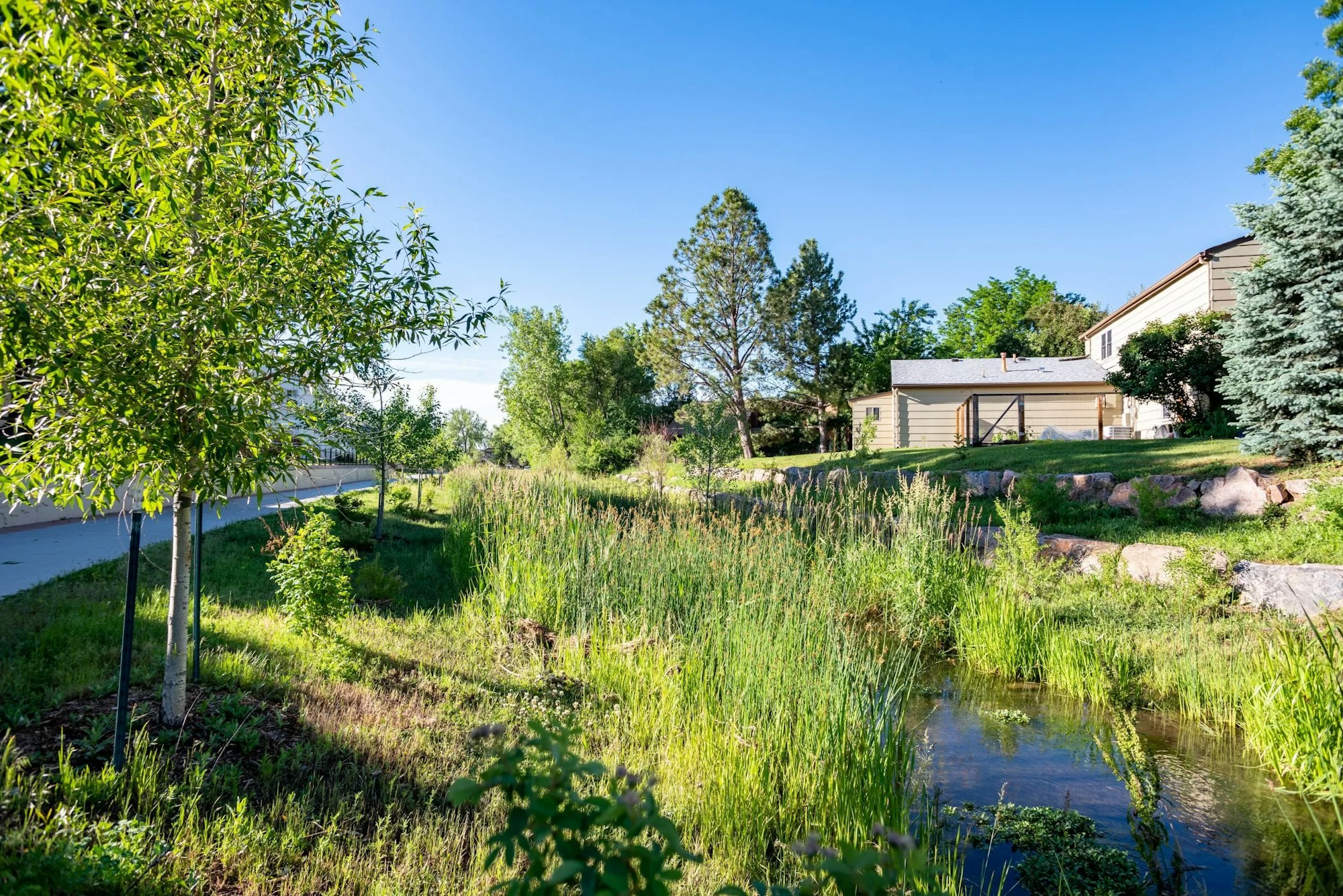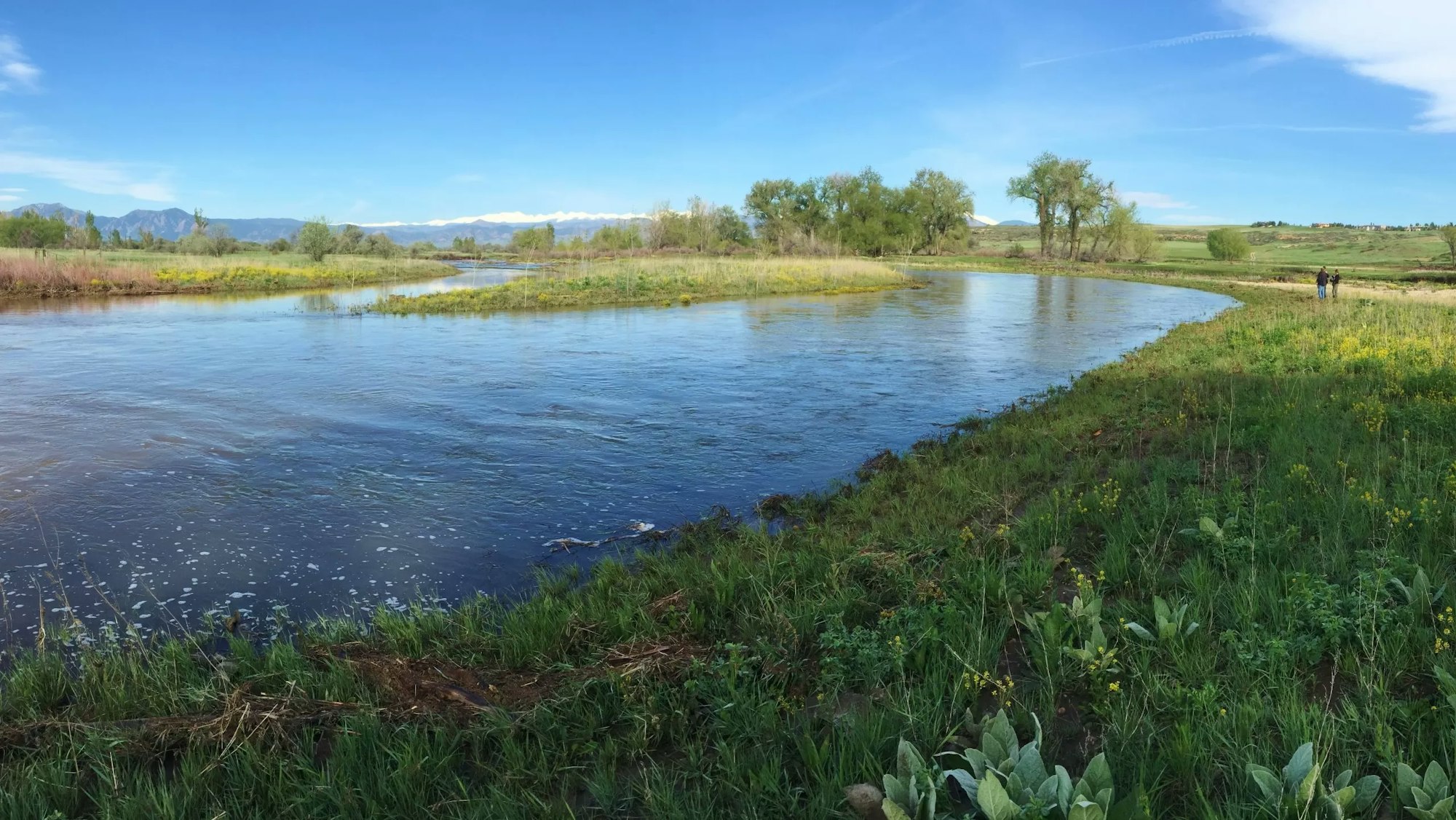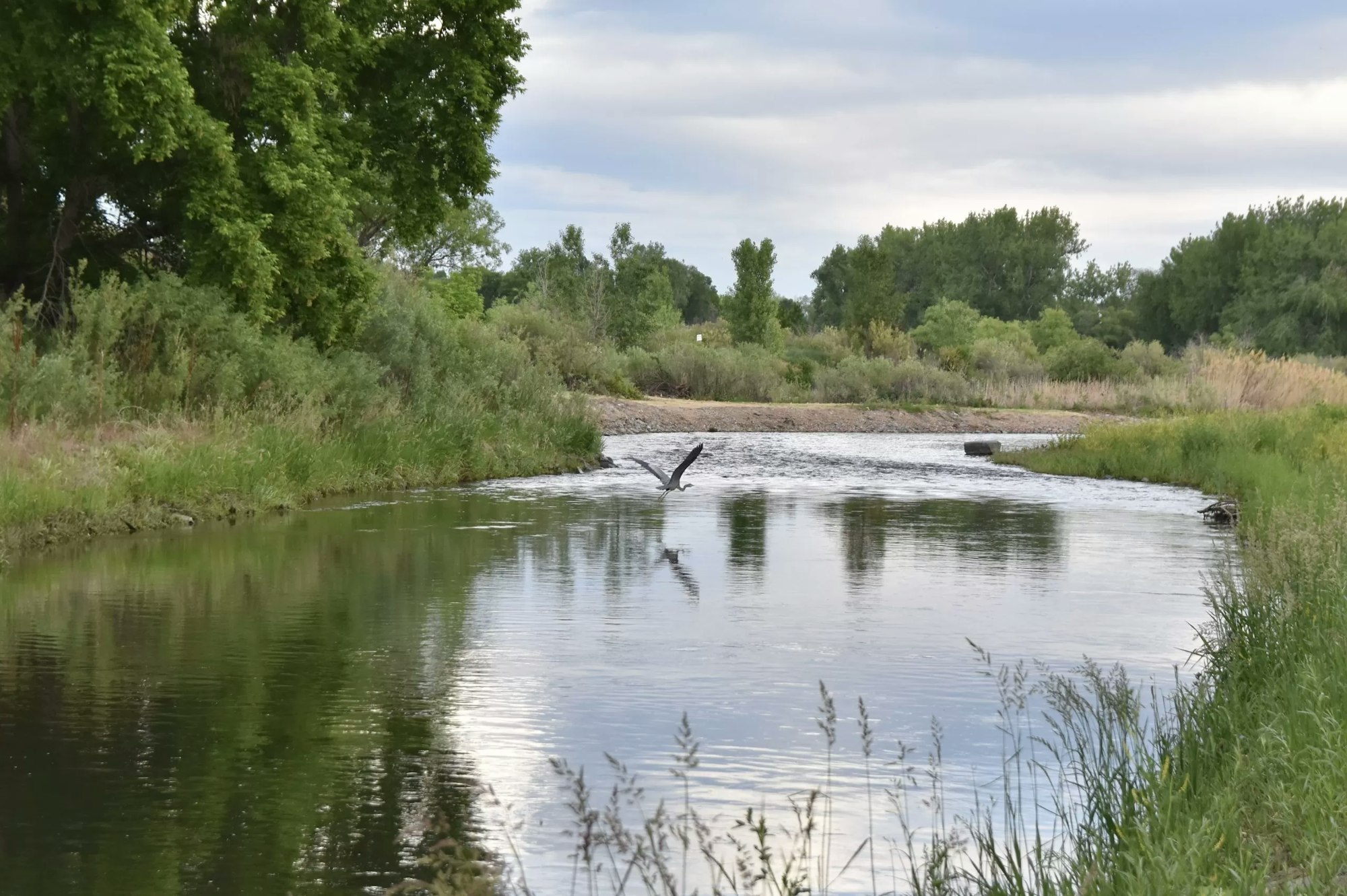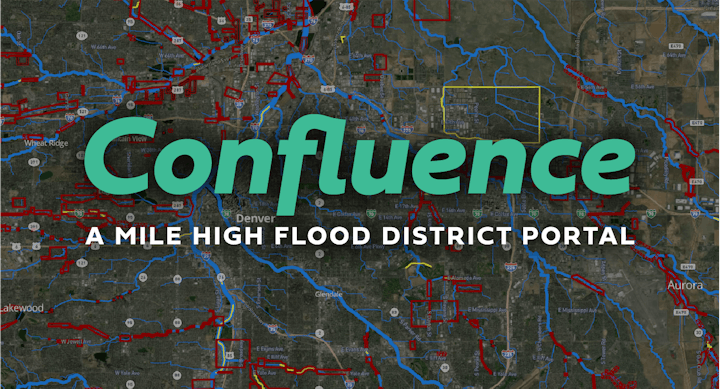Stream Projects
CIP and Maintenance Projects
At Mile High Flood District, stream projects fall into two separate categories — Capital Improvement Plan (CIP) and Stream Management Maintenance Projects. With this in mind, every year we ask local governments to take a look at the different stream projects from both categories and develop a five year plan. To see our projects and learn more, check out Projects In Your Area.

Capital Improvement Projects (CIP)
Capital Improvement Projects (CIP) are projects that work to complete master-planned recommendations. One of these CIP projects is chosen by MHFD every year and carried out over the next five. CIP projects are required to be 50% funded by local government sponsors and must meet the following requirements:
- Proposed improvements must be requested by local governments.
- Proposed improvements must be master planned.
- District funds must be matched by local governments.
- Local governments must agree to own the completed facilities and must accept primary responsibility for their maintenance.
- District tax revenue received from each county will be spent for improvements benefiting local governments in that county.
- Each year the Board adopts a Five Year CIP which lists projects and District participation by county, from the current year to four years into the future.
- This plan forms the basis for District participation in design and construction projects.
Stream Management
Designated Stream Services help local governments manage publicly owned lengths of regional streams and to help determine different Stream Management Projects for the year. These projects, (also known as Stream Maintenance Projects) help identify what routine maintenance and restoration work is needed for streams in the different Denver Metro counties.
Once the projects are identified they are then organized and developed through a Stream Management Work Plan, which helps guide the annual stream work needed by different local governments. This plan is broken down both by county and type of work.
Routine maintenance projects typically include

- Vegetation management
- Trash and debris cleanup
- Trash rack cleaning
- Weed and noxious vegetation control
- Tree thinning
- Sediment removal
- Revegetation
- Other minor drainageway maintenance activities
Restoration work usually involves

- Site specific construction activities that rebuild and reestablish existing, neglected, or damaged drainage facilities with structural problems
- Reconstructing or replacing grade control structures, box culverts and retaining walls
- Establishing or repairing of maintenance access
- Local channel grading, stabilization, and revegetation
All requests must now be made online. However, previously used forms can be accessed below.

